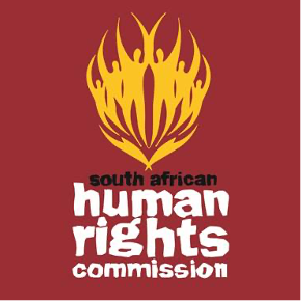Suzman, who died on New Year’s Day in 2009 aged 91, would have turned 100 on November 7. The stamp became available on the day.
She earned a special place in South Africa's history for her feisty fight against the apartheid policies of the then ruling National Party.
The stamp sheet was designed by Rachel Ackermann of the SA Post Office, spokesperson Johan Kruger said, adding that Suzman's life and achievements were being celebrated through the new creation.
Kruger said the Post Office sent out requests annually for the public to submit proposals for stamps.
“Every year, we request members of the public to submit proposals for stamps. The 100th birthday of Helen Suzman was submitted, and our stamp advisory committee accepted it in view of Ms Suzman’s contribution to the liberation of South Africa.”
The stamp sheet could be used as postage on ordinary domestic stamps at a cost of R3.90 each. A limited number of 30000 stamp sheets were printed.
In her youth, Suzman was aware of inequality based on religion, race and culture as her parents were Lithuanian Jews who had immigrated to South Africa to escape oppression.
She enrolled at Wits University after she had matriculated, married cardiologist Moses Meyer Suzman and completed her degree in economics and economic history in 1940.
By 1945, she had become a tutor at Wits and a mother of two girls, Frances and Patricia.
She became an MP in 1953 and served for a further 36 years.
For six of those years, she was the only woman in a very patriarchal Parliament where she consistently challenged discriminatory legislation and the spate of security laws introduced by the apartheid government.
Her refusal to be indifferent towards the injustice around her did not go unnoticed. She was twice nominated for the Nobel Peace Prize and received 27 honorary doctorates, but refused to be made a Dame of the British Empire.
She visited political prisoners, angering her fellow MPs in the process. According to Nelson Mandela, she was the first woman they ever saw on Robben Island when she visited him and other prisoners in 1967.
Later in her life, Suzman became president of the South African Institute for Race Relations and a member of the South African Human Rights Commission. She also served as a delegate to the Convention for a Democratic South Africa.
Source: IOL
Stamp issued to honour icon Suzman
13 November 2017
THE legacy of the icon of liberalism Helen Suzman will live for many years to come after the South African Post Office issued a stamp to commemorate her birthday.
THE legacy of the icon of liberalism Helen Suzman will live for many years to come after the South African Post Office issued a stamp to commemorate her birthday.
About us
Understanding PAIA
The Human Rights Commission is the national institution established to support constitutional democracy. It is committed to promote respect for, observance of and protection of human rights for everyone without fear or favour.
Sentinel House, Sunnyside Office Park, 32 Princess of Wales Terrace, Parktown, Johannesburg, South Africa
011 877 3600 (Switchboard)

